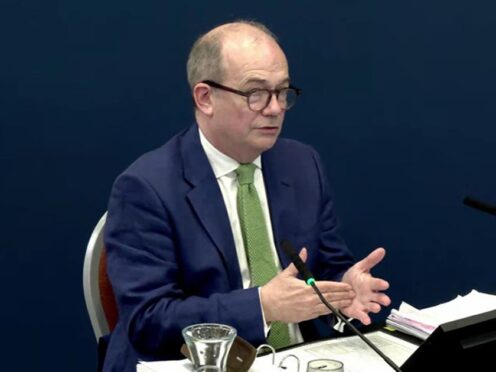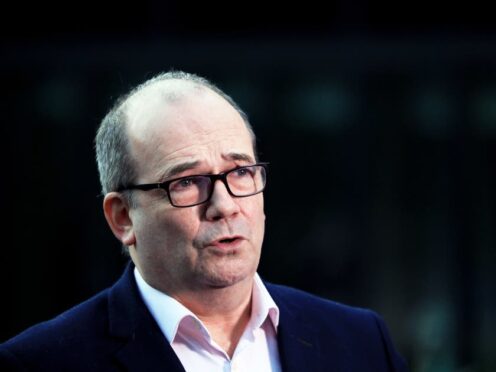Professional golf is a sport awash with money.
The top stars earn millions. Tiger Woods has earned more than US$120 million from his PGA tour career alone*. Most of the big hitters can expect to be millionaires when they retire.
-
Some Press and Journal online content is funded by outside parties. The revenue from this helps to sustain our independent news gathering. You will always know if you are reading paid-for material as it will be clearly labelled as “Partnership” on the site and on social media channels.
This can take two different forms.
“Presented by”
This means the content has been paid for and produced by the named advertiser.
“In partnership with”
This means the content has been paid for and approved by the named advertiser but written and edited by our own commercial content team.
But this year, a rival tournament, the Saudi Arabia-backed LIV Golf League, has thrown the sport into chaos. The megabucks on offer have tempted in some of golf’s biggest names, including major winner Phil Mickelson.
With already incredibly rich players now chasing even bigger pots of cash (even when it means they’re barred form prestigious events like the Ryder Cup), it raises the question, ‘How much is enough?’
Do I have enough?
Your average saver will often ask themselves a question very similar to this, albeit with a slightly different slant – for them it’s ‘Will I have enough?’
– When will I have enough money to finally get off the treadmill?
– Will I have enough to comfortably stop working or do I need to worry about my funds running out further down the line?
– If I sell my business now, will I have enough to enjoy retirement?
They might not be chasing a multi-million-dollar payday like the LIV golfers. But whatever they’re planning, there’s often a nagging doubt that what they’ve put aside won’t be enough to pay for it all.
The trouble is this is that many people run the risk of working for longer than they need to – and missing out on the chance to enjoy their freedom sooner – because they don’t know the answer.
That’s where we come in – our main role as financial advisers is helping people see what they really want from life and then helping them to achieve this financially.
Often, we’re able to show them they have more money than they think. If they don’t, then we can pinpoint when and by how much they’ll experience the shortfall and create a strategy to help them counter it.
Meaningful money
To make investing meaningful, it really needs to relate to your own personal goals.
In other words, think about what you want the money for, before thinking about the money itself. Otherwise, you risk working longer than you need to – and perhaps missing out on everything you’ve worked so hard to achieve.
Money for money’s sake might suit some professional sports people, but to what end?
Our job is to help you define what you really want to achieve from life and create a financial strategy to get you there. Whether that’s coming to a full stop and putting your feet up, winding down gradually – or just spending more time on the golf course.
Ian Campbell is a Director & Chartered Financial Planner at AAB Wealth
*Source:
https://www.pgatour.com/stats/stat.110.html










